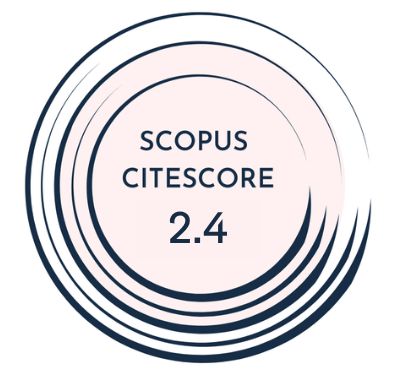The expression of protein-coding genes is regulated by microRNAs (miRNAs), which are small non-coding RNAs typically 18-24 nucleotides in size. miRNAs have been found to play a critical role in regulating biological functions such as proliferation, differentiation, and development. MicroRNAs are transcribed by RNA polymerase II in the genome, and mature miRNAs bind to their target mRNA in the cytoplasm, thereby inhibiting translation. MicroRNAs are potential biomarkers for diseases and alternative therapeutic agents. A noninvasive test method with a low false-negative rate is required for the diagnosis of diseases in children. Along with discuss ing their potential use as biomarkers in pediatric diseases, this study aims to comprehensively examine miRNA research. The aim of this review is to emphasize that miRNAs can also serve as biomarkers and alternative therapeutic agents for pediatric diseases and to raise awareness.
Cite this article as: Bayrak H, Yıldız H, Sharafi P, Kılıç M. Uses of miRNAs in pediatric diseases. Turk Arch Pediatr. Published online November 26, 2025. doi:10.5152/TurkArchPediatr.2025.25201.



.png)

